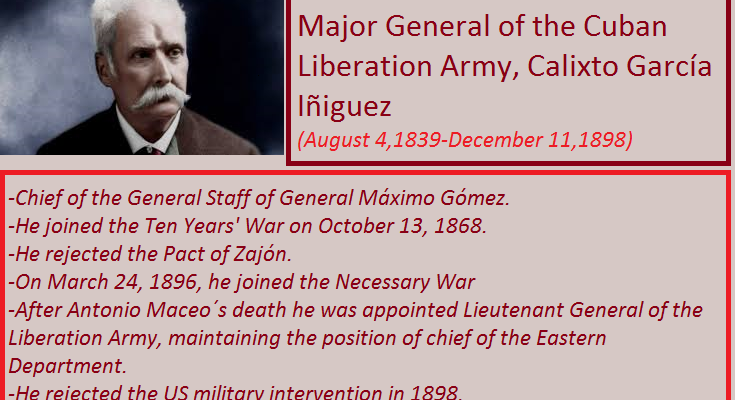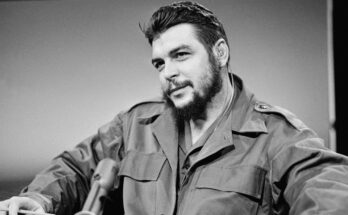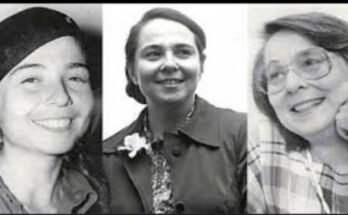Major General of the Liberation Army, Calixto García Iñiguez, born on August 4, 1839 in Holguín, participated in the three wars for the independence, beginning in the Ten Years’ War to which he joined on October 13, 1868, rising in the Santa Teresa Farm, in Jiguaní, accompanied by another outstanding combatant, Donato Mármol.
He is considered one of the great men of the history of Cuba, for his ample revolutionary trajectory at the service of the Homeland. Due to his merits in the war, he rose through the military ranks, until he became chief of the General Staff of General Máximo Gómez, while the latter commanded the Holguín Division. He was also substitute of the Generalissimo, who recognized him as a strategist for his attitudes to plan battles and provoke defeats to the enemy.
García Iñiguez has to his credit, starred in dozens of combats, among which Baire, Buey Arriba, La Güira, Guisa, Jiguaní, among many others developed in the eastern region. In September 1874, the enemy managed to encircle him in San Antonio de Baja, near Bayamo. He preferred to die by his own hand before falling into the hands of the Spaniards and shot himself under his chin. He did not achieve his goal: the bullet exited through his forehead, leaving a mark forever.
Already in a state of extreme gravity after his action, he was taken prisoner and sent to Hispanic jails, where he remained for four years. With the Zanjón Pact, which took place on February 10, 1878, and which he opposed, he was released that same year.
After the outbreak of the Necessary War on February 24, 1895, organized by José Martí, García Iñiguez prepares to return to the Island to join the new stage of the wars for the independence of Cuba, which he achieved on March 24, 1896, at the head of 78 expeditionaries, when he disembarked at the Maraví enclave, 10 kilometers northwest of Baracoa.
Calixto was appointed chief of the Eastern Department in April 1896, and wounded in the combat of Cruz de Piedra he continued to incursion in the area of Guantánamo. Places like Los Moscones, Belleza, La Gloria, Yerba de Guinea, and the fort of San Marcos in Loma de Hierro are also witnesses of his mark as a tireless anti-colonialist warrior.
After the fall of Major General Antonio Maceo on December 7, 1896, García Íñiguez was appointed Lieutenant General of the Liberation Army, maintaining the position of chief of the Eastern Department.
His experience and courage in combat prevented the Spanish troops from annihilating those of the United States in Santiago de Cuba, after the intervention of the latter country in the Cuban-Spanish war.
Later he was assigned what would be his last mission, to travel to Washington to obtain the discharge of the combatants of the Liberation Army and to obtain the recognition by that government of the existence of the Assembly of Representatives of the Revolution.
Calixto García died in the United States on December 11, 1898, as a result of pneumonia, but his legacy is reborn throughout Cuba, 185 years after his birth.




